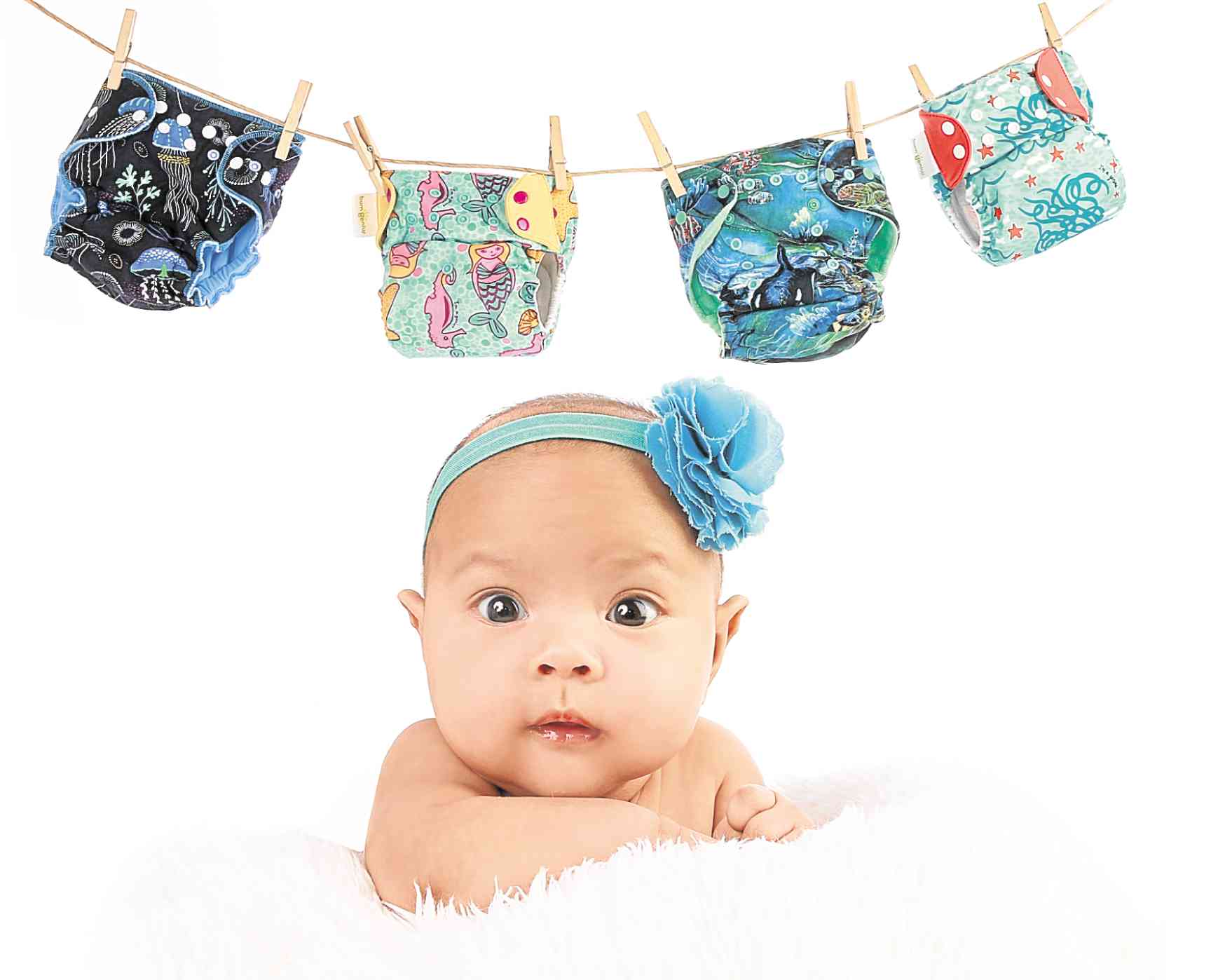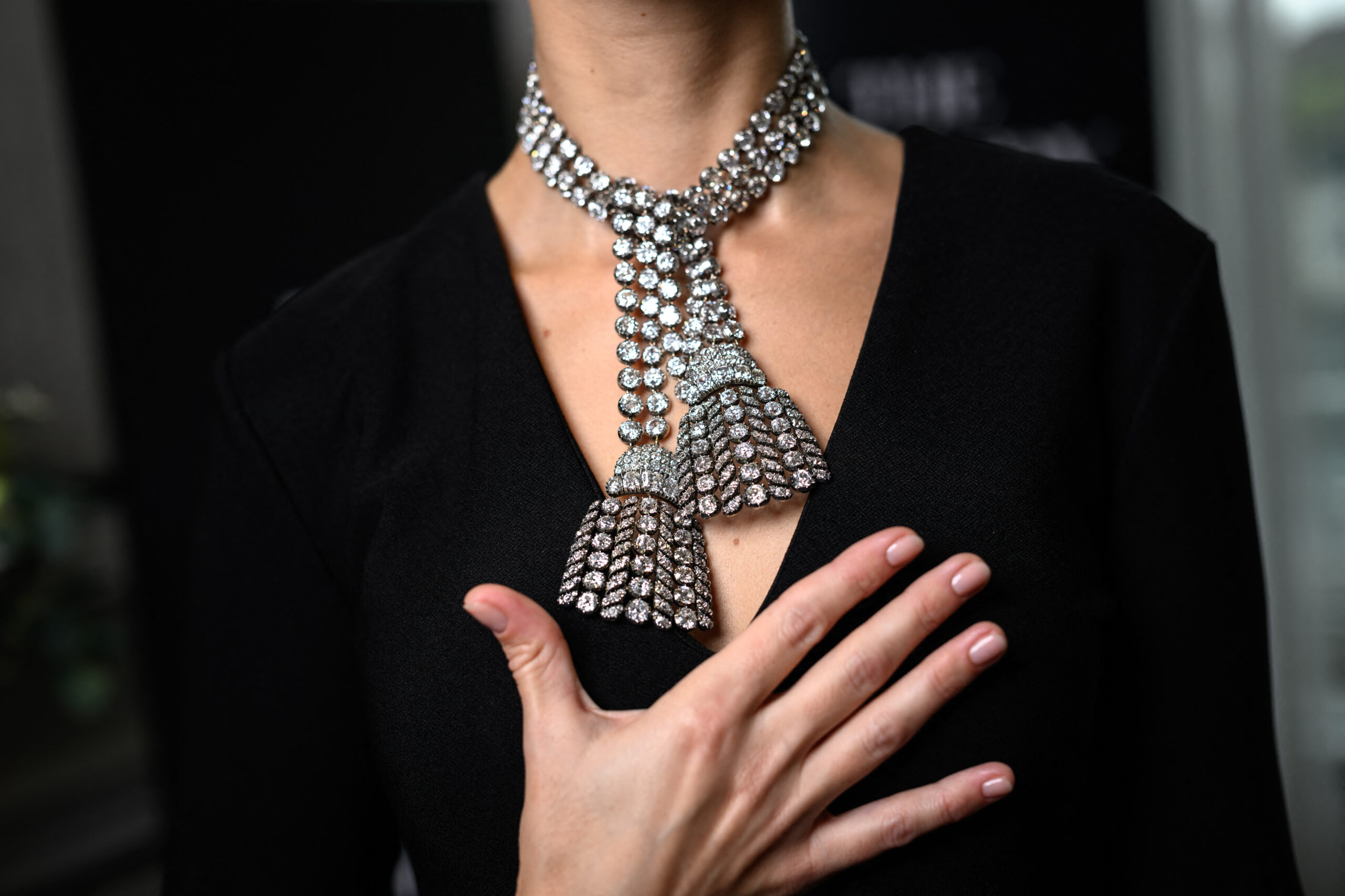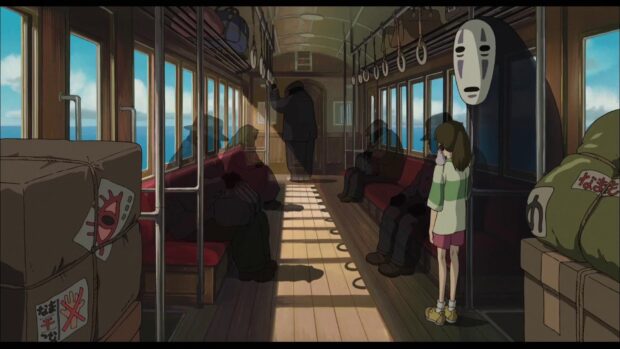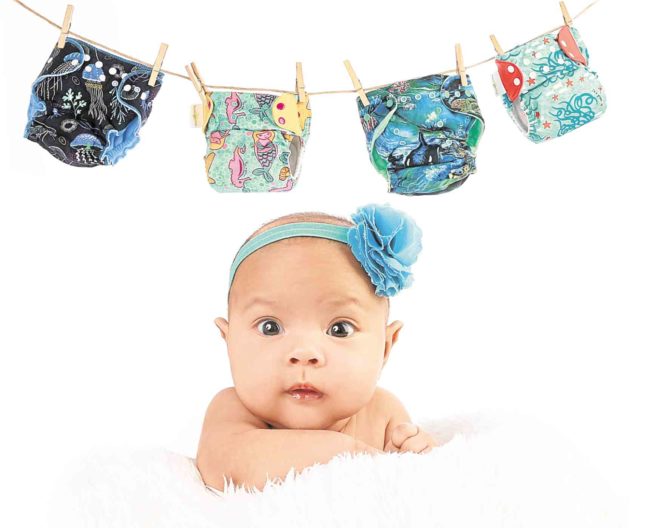
Lampin or birdseye cloth has been rebooted into modern cloth diapers. But parents nowadays have an option of using cloth that will not require them to fold anything at 3 a.m.
Another reason to use cloth is to help minimize the waste of disposable diapers. You are not only saving your money, but also helping save the environment.
Cloth diapers are an investment. The brand-new ones can cost from P300 to P3,000 depending on the materials, brand, style, and rarity of the print.
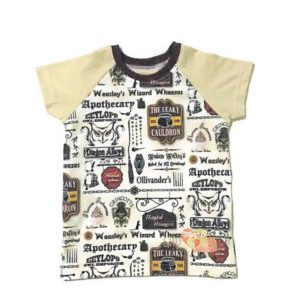
Some parents who collect prints have been known to bid as much as $500 for a nappy with a one-of-a-kind design. The good news is, you do not need a rare print for it to be an effective poop-catcher.
Entrepreneur moms
A number of local work-at-home moms (WAHMS) have created their own brands and gained a following. They can even customize designs for their customers. They can make diapers out of customized fabric, old T-shirts, and any kind of fabric. They can even make a matching shirt or dress.
Finding these WAHMS is the tricky part because most do not have their own website. They operate through their Facebook groups and word of mouth. Others discover them through Facebook support groups like Modern Cloth Nappying Pinays and Cloth Diaper Addicts PH.
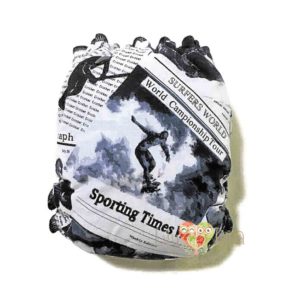
My favorite local brands include Cottonytail, Ahkiko & Antings, Wee & Twee, and Lily and Luna.
But how do you start? The choices of styles can overwhelm and confuse newbies. The safest thing is to buy a few pocket cloth diapers. Pocket diapers have three parts: cover, insert and lining.
The cover is usually made of PUL (Polyurethane Laminate) fabric. This is where designs are printed on. Avid collectors pay attention to the bum placements of designs. It has to be in the middle and should be upright when the baby is standing.
PUL is also effective in keeping moisture from seeping out.
Absorbent
The inserts are the ones that absorb wetness. The standard insert is microfiber that absorbs liquid fast. However, microfiber should not have direct contact with the baby’s skin. It’s so absorbent that it will take even the moisture from the baby’s skin. Lampin can be used as an alternative.
Lining is the layer that keeps inserts like microfiber from touching the baby’s skin. Its stay-dry quality  also keeps the moisture away. It can be made of suede, microfleece, or athletic wicking jersey.
also keeps the moisture away. It can be made of suede, microfleece, or athletic wicking jersey.
Once you get the hang of using pockets, you can experiment with other types of diapers like hybrid fitted, All-In-One, All-In-2, and covers. The goal is to find the right system that will work for your family and lifestyle.
Some families are good with 15-20 pieces if they wash their stash every day. You need to have at least 50-60 pieces if you plan to do the laundry once a week.
Nappies should be changed every three hours to prevent rashes and other problems. Building the stash can be taxing on parents’ wallets, but the return on investment can happen on the first year of use alone.
A lot of designs come in one-size-fits-most. The snaps or Velcro enclosures allow a nappy to grow with the baby.
When your baby is done with the cloth, your stash can be resold. Second-or third-hand nappies just need to have their elastics replaced and stripped clean for another baby to use again.

